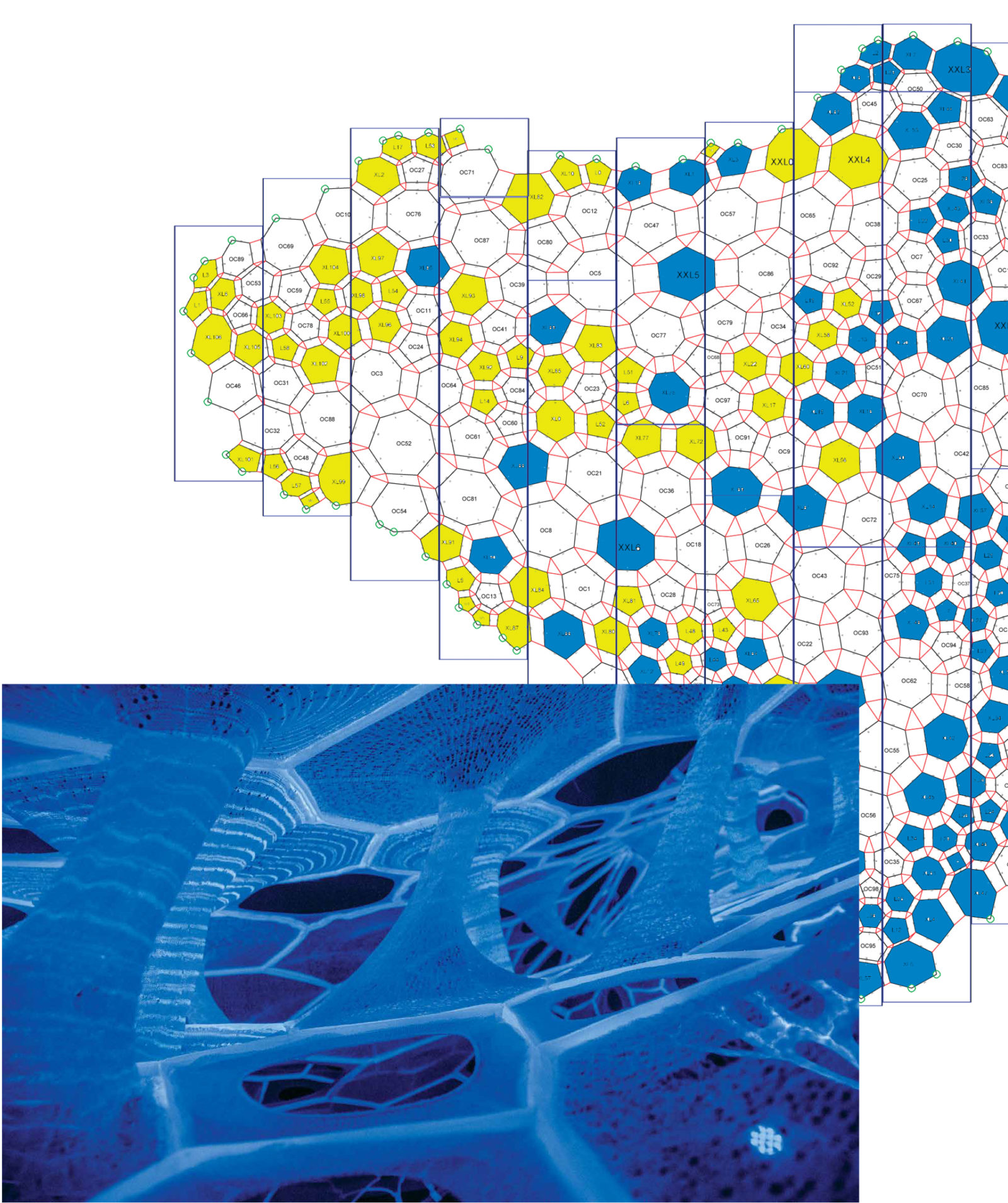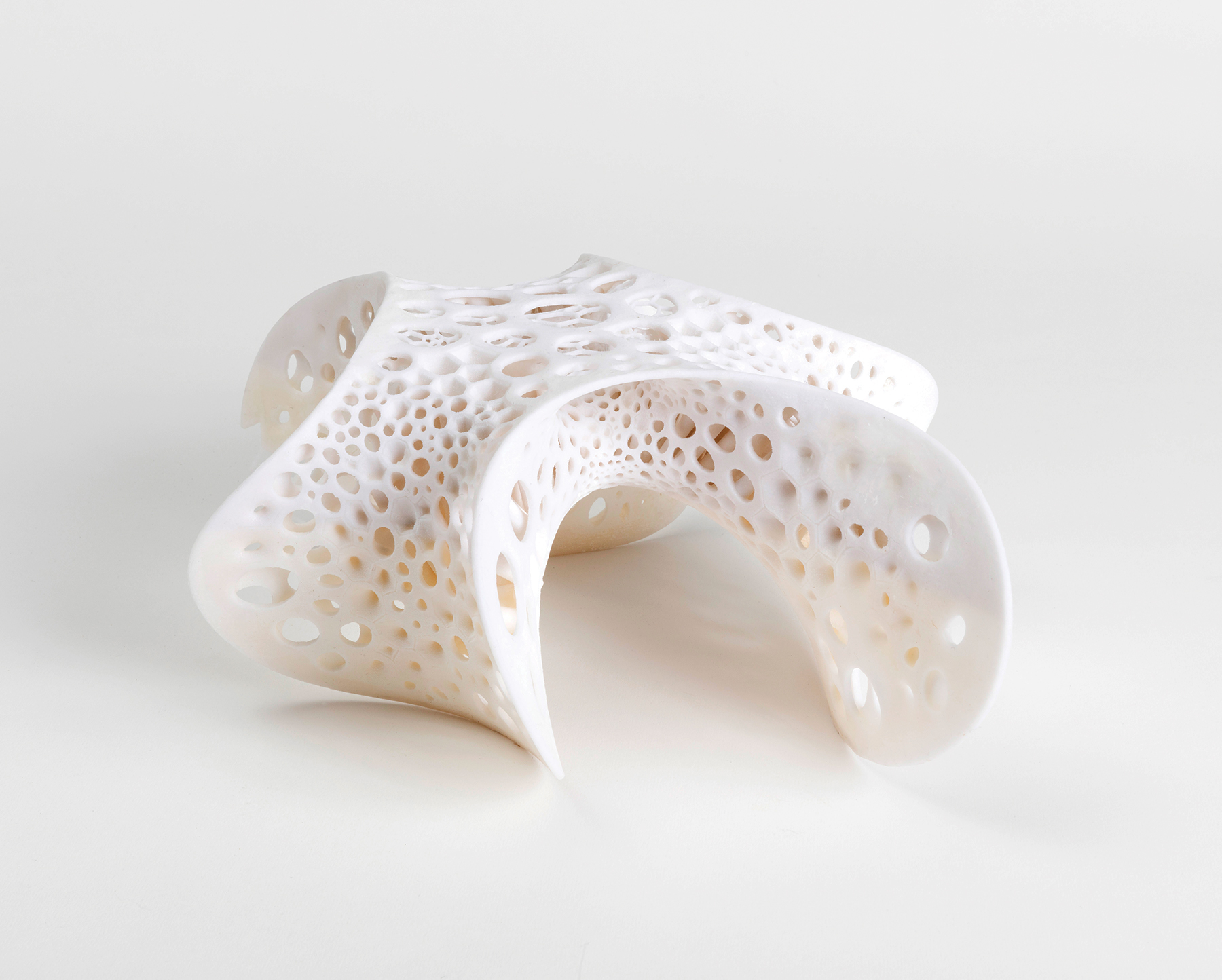When Jenny Sabin was 9, her parents—both artists—allowed her “to design and build a new hutch for our rabbit. That was pretty cool,” she recalls. “I liked to make and build things around our house.” These days, the assistant professor of architecture at Cornell University has taken that childhood focus to a mesmerizing level. Drawing inspiration from sculpture and computation, she knits emerging technologies with material science to conjure playful spaces. As principal of Jenny Sabin Studio, an experimental architectural design studio based in Ithaca, New York, she explores how code, geometry, and the environment intersect with human behavior and can lead to the design of immersive structures. What inspires her today? “Advancing new fabrication techniques and materials with my collaborators in science and engineering—with the aim of generating resilient and adaptive architecture and form.” And perhaps a newfangled hutch responsive to bunny hops?
Knitting patterns
Gallery: Jenny Sabin’s material structures
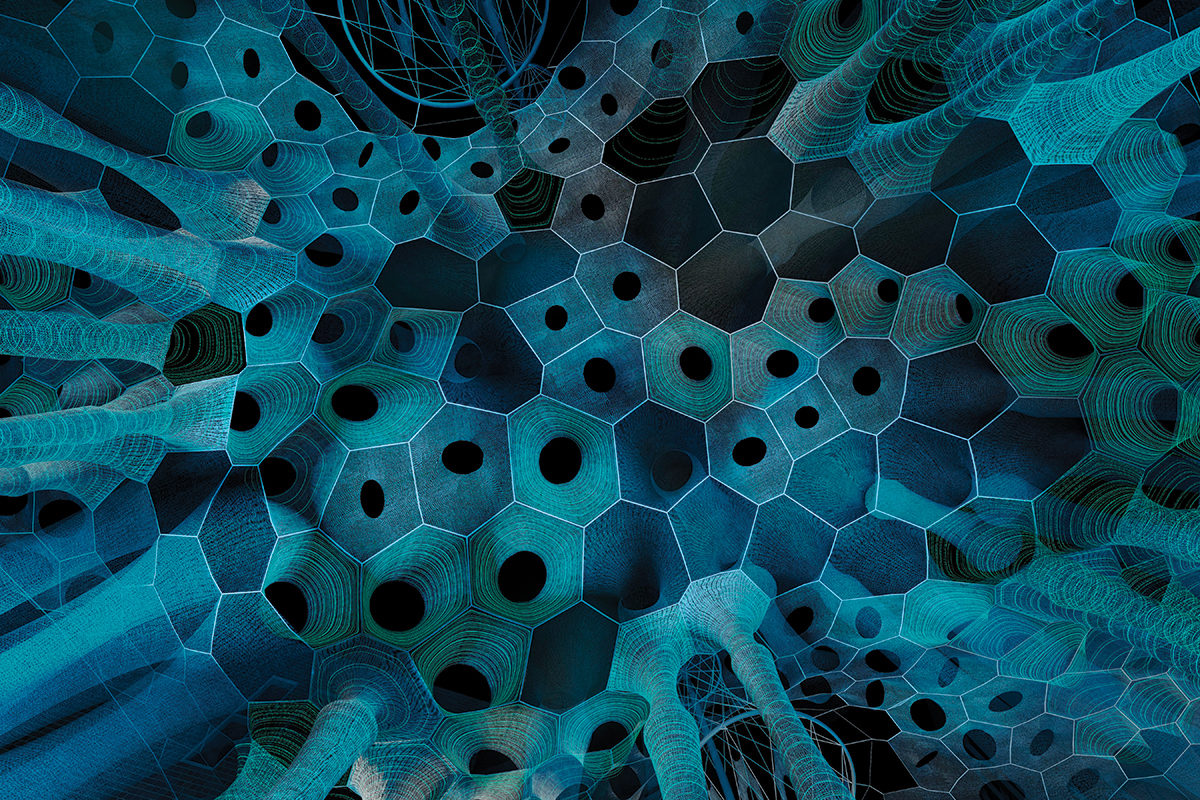
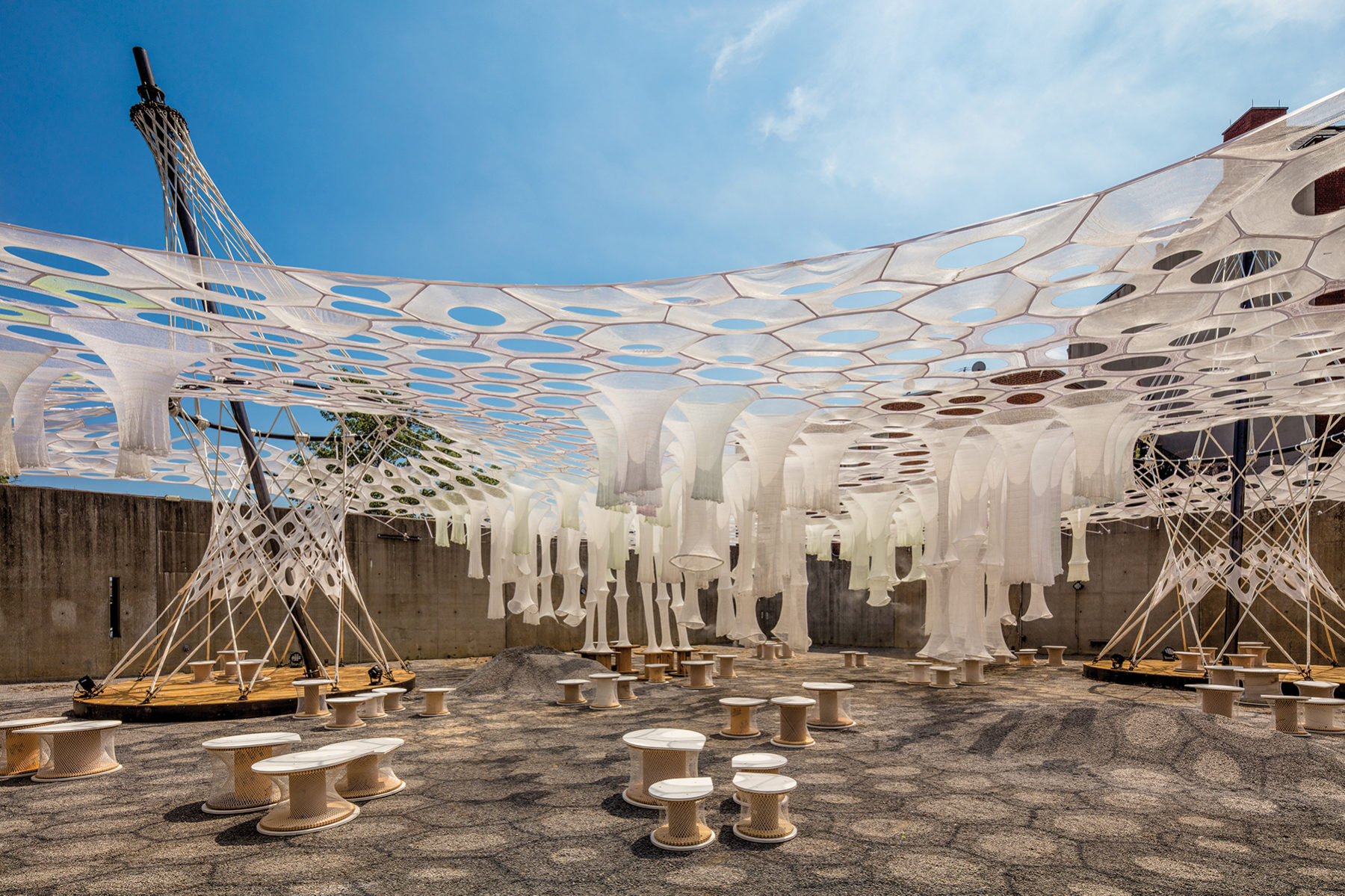
Lumen (2017)
The 2017 winner of The Museum of Modern Art and MoMA PS1’s Young Architects Program, Lumen operates as an environment, not as an object. “To my surprise, people loved dancing inside the stalactite cones! For me, the project really came to life when people started inhabiting it, playing in… the soft, complex, fibrous, and responsive architecture,” says Sabin. “Maybe Lumen simply feels familiar, even though it is so different from our Cartesian built environment. There are no boundaries, straight edges, or lines; it is open, a kind of social spatial fabric.”
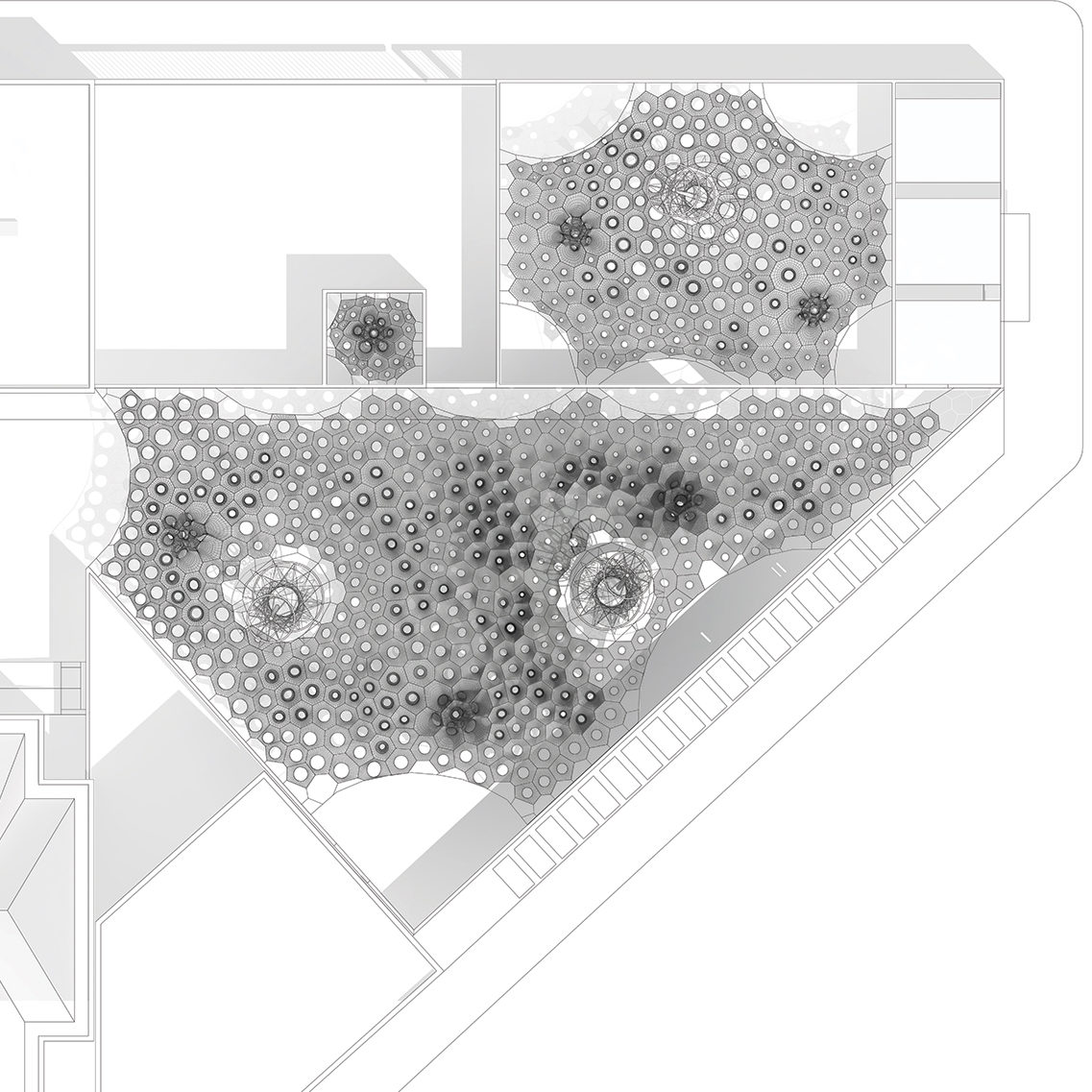
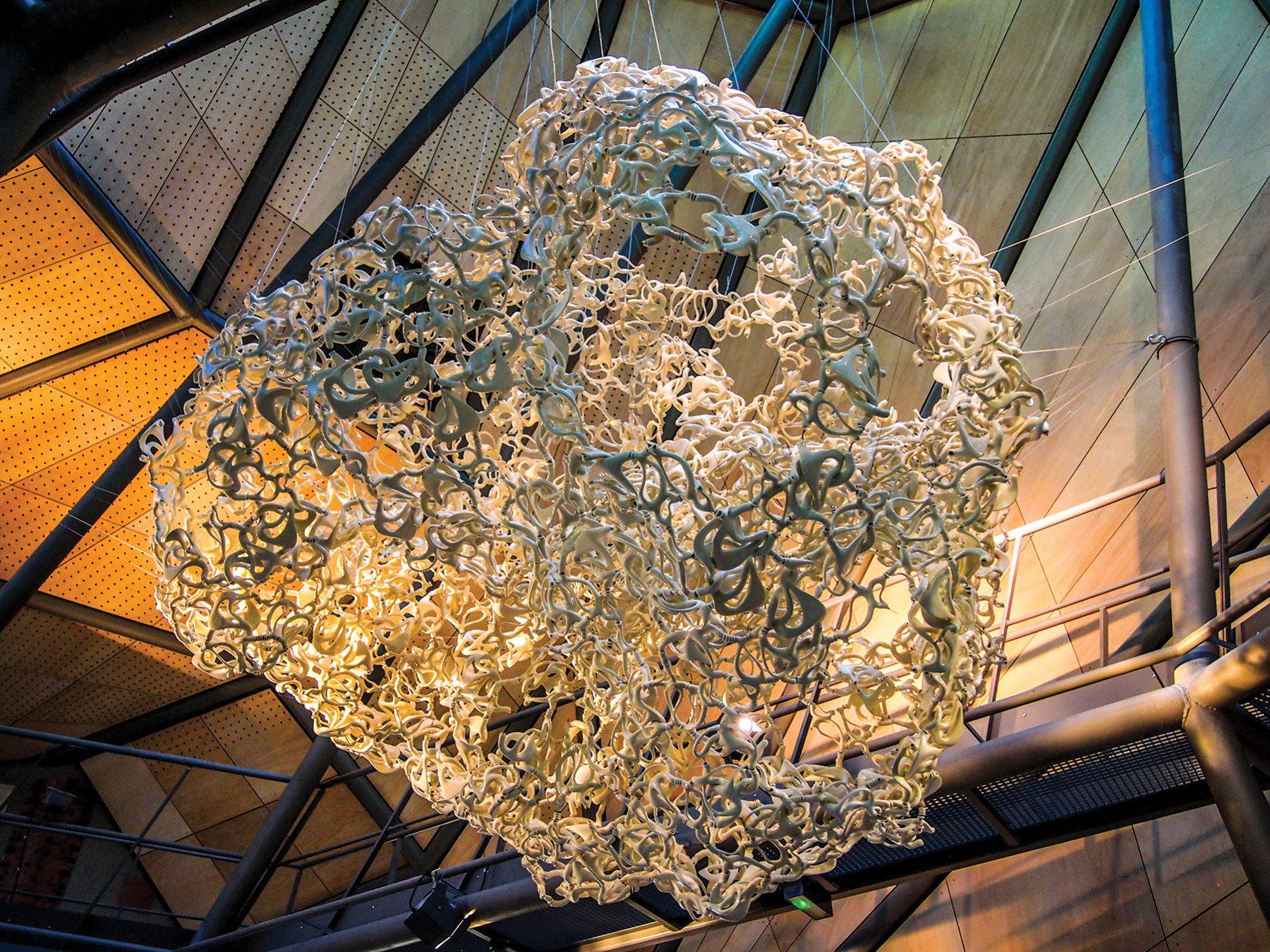
Polymorph (2013)
“PolyMorph is like a cloud, but it weighs more than 2,000 pounds! It combines the fragility of ceramics with the robust nature of shell and spatial structures through continuous tension and compression,” says Sabin. The project is composed of three different ceramic parts, cast in multiples of thousands to produce a coherent whole. “It took a very long time to install, but I think people found its complexity and tension—it’s both fragile and strong—appealing.”
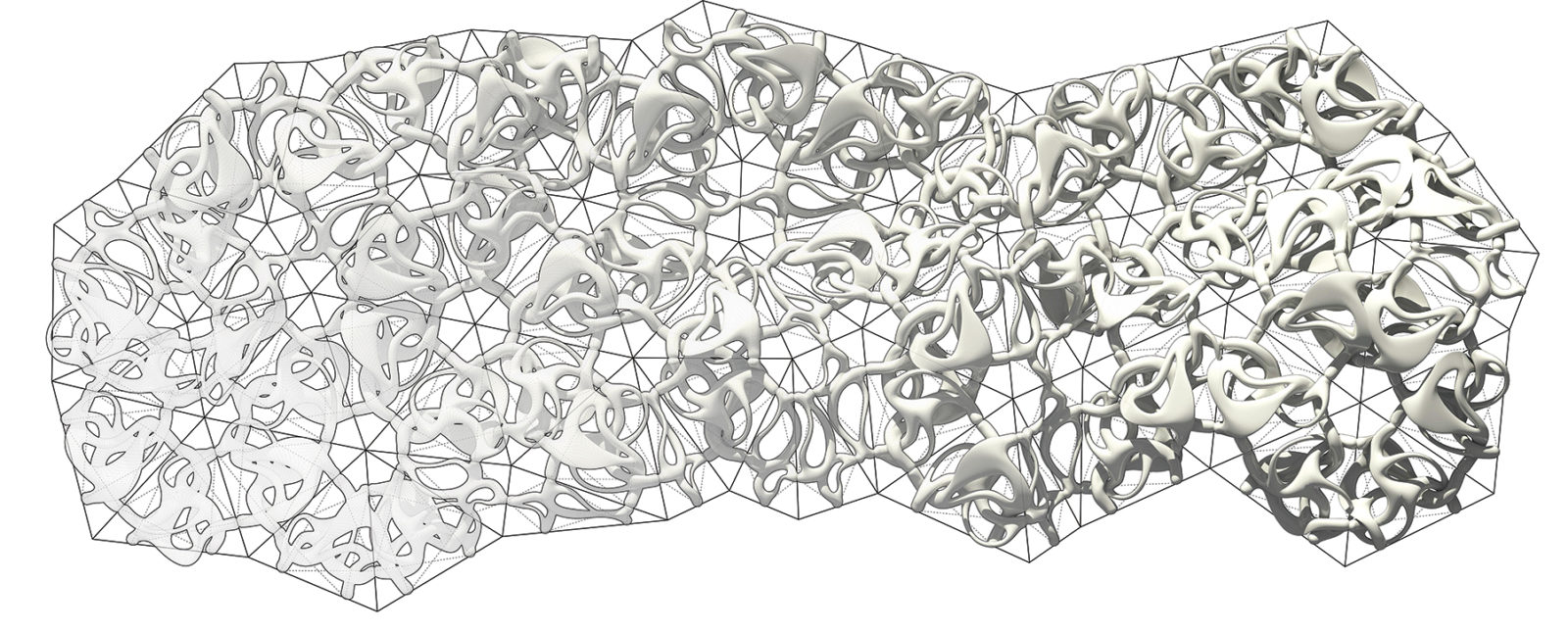
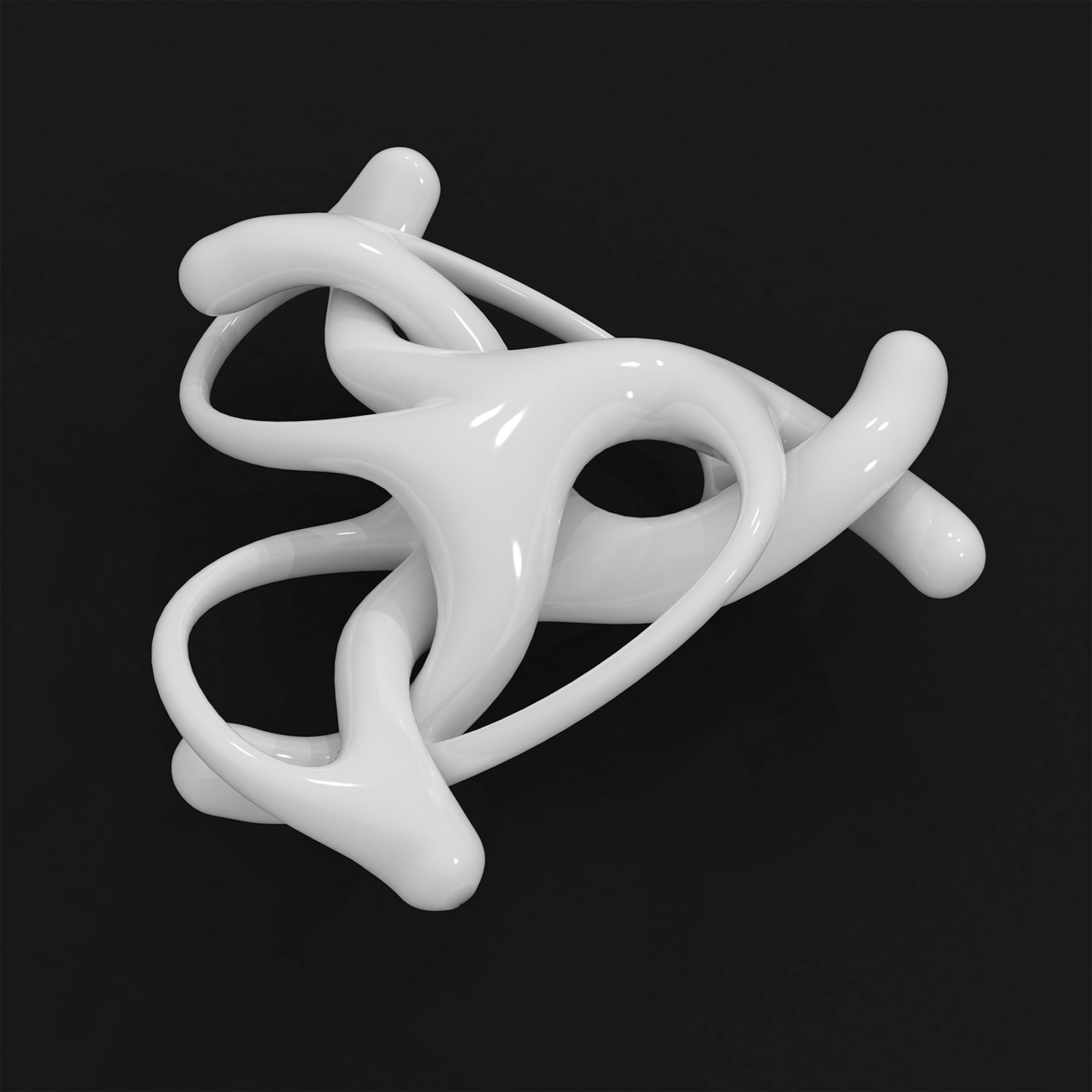
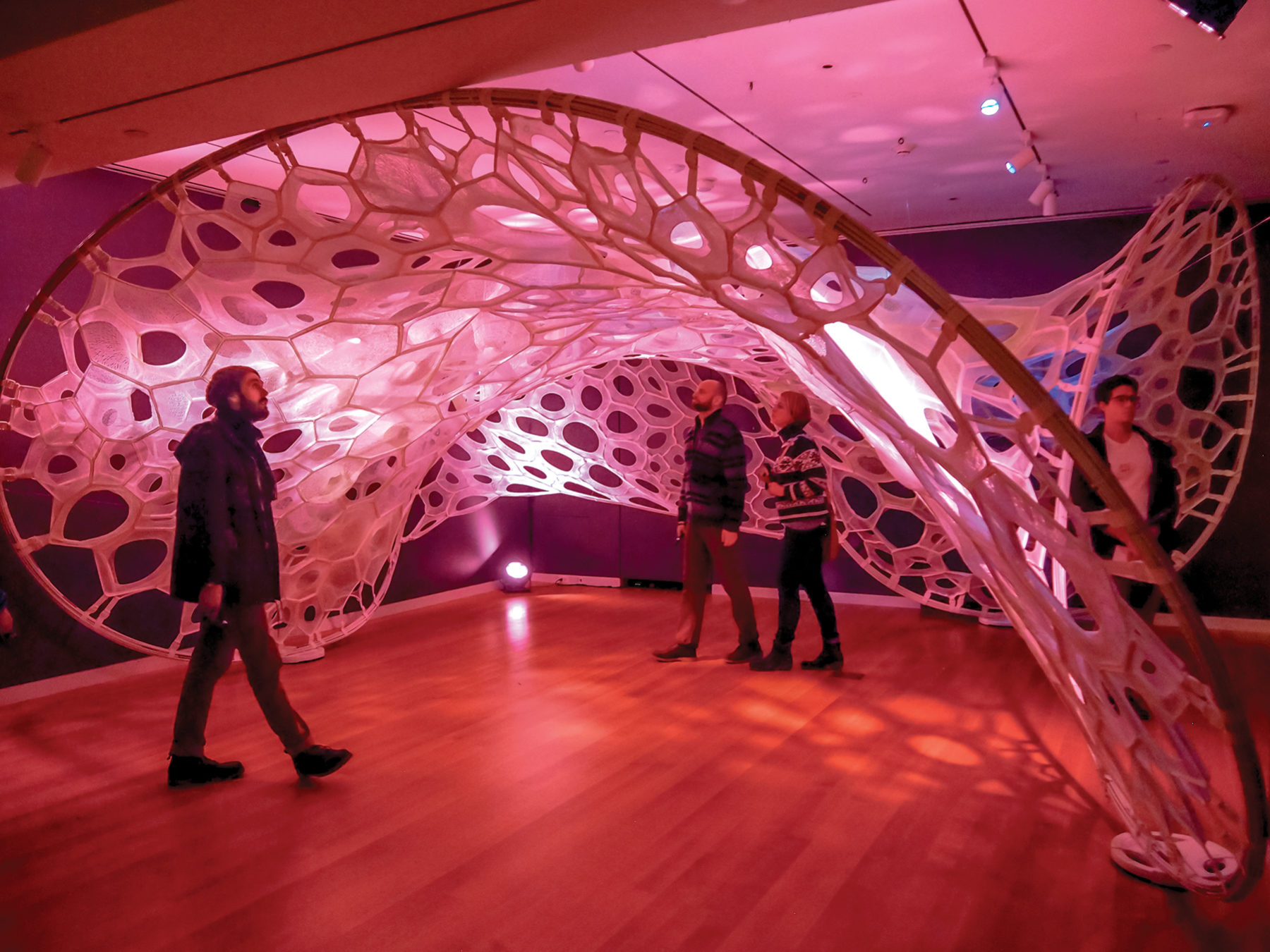
Polythread (2016)
This project is about reciprocity — between structure and form, surface and edge, cell and environment. “If you look closely at the knitted interior, you will see that there are two surfaces, joined with conical knitted forms,” says Sabin. “The generative design process follows a mode of thinking analogous to the morphology of cell networks and surfaces. It’s also the result of four years of rigorous investigation into the design and fabrication of a new responsive material system.”
